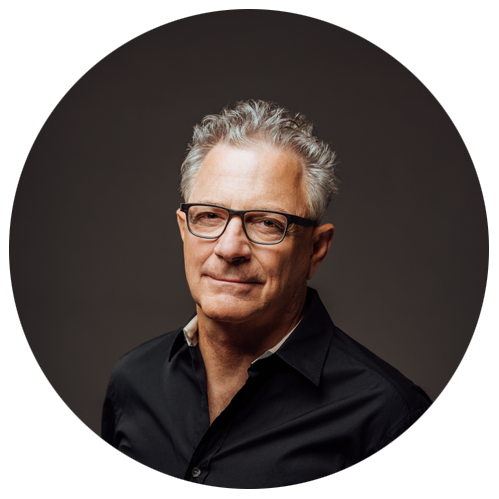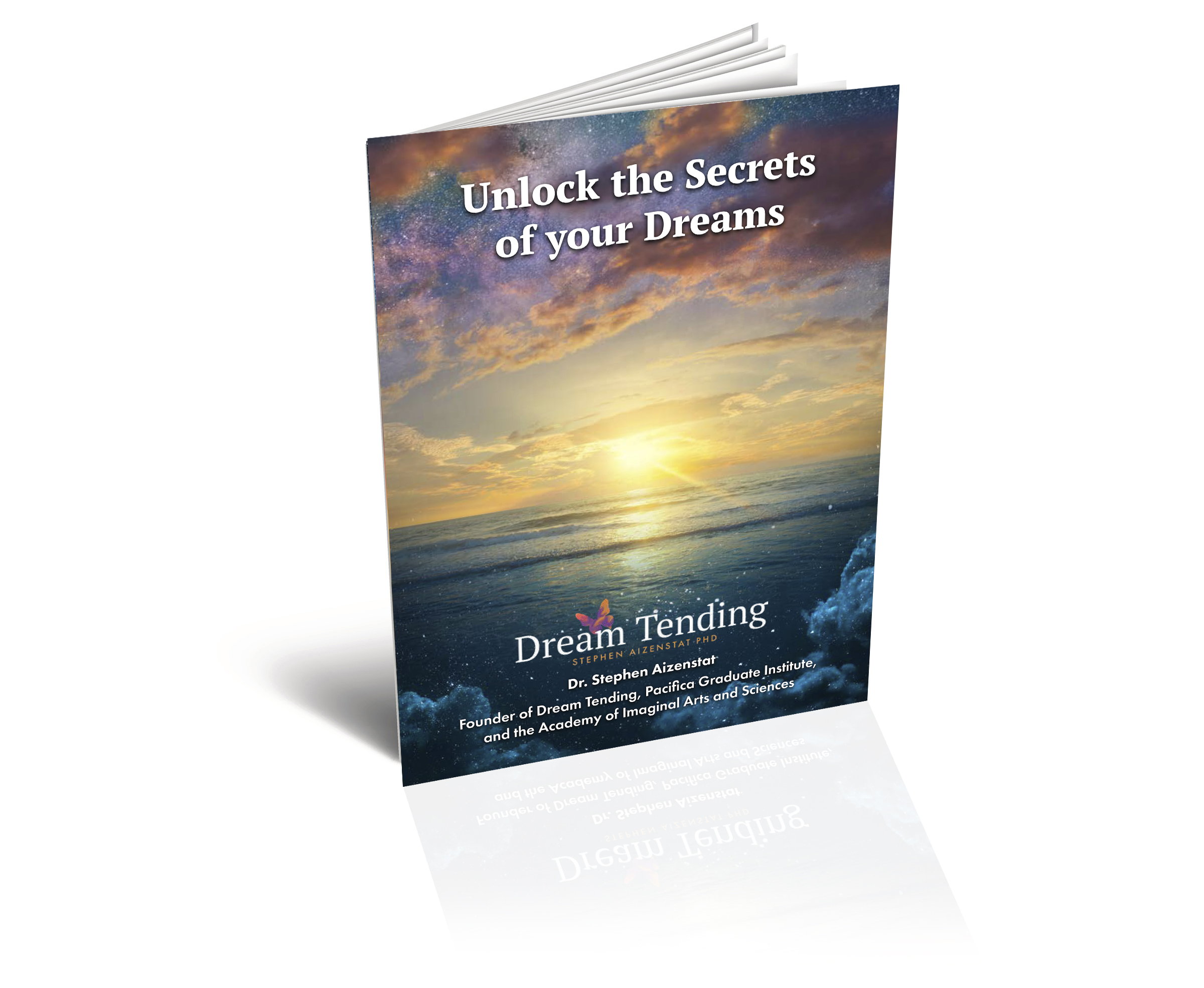Being vulnerable. Deepening your relationships. Phrases like these can sometimes conjure anxiety in even the most open and conversational individuals. Perhaps one of the most intimidating parts of showing your “true self” is that it’s ultimately you who’s responsible for initiating and owning your vulnerability.
Case in point: I’m having lunch with two women I met last semester. Let me back up…I’m in school again with “Ph.D.” already behind my name. Aged 49, my schoolmates average two and a half decades my junior. The lunch is to celebrate one of them turning 23. Same age as my son, so I could be her mother.
Our conversation starts shallowly, easy-breezy. Then, an hour in, one of them ventures into the deep end. I listen, nod, offer affirming advice, trying to hold her vulnerable self. Then the other gets real. I cling to the shallow end, silently chanting, “I am old enough to be their mother. They don’t want to know ‘messy me,’ right? I’m too old not to have it all together.” Another, smaller voice in my head counters, “If you want an authentic relationship with them, sooner or later you’re going to have to get vulnerable; you’ll have to be real.”
Why Vulnerability Is Scary
Vulnerable and real are scary words when we are talking about ourselves. Dr. Brené Brown, a researcher, story-teller and guru on vulnerability, would surely have understood the battle in my mind. In her TED Talk, Brené admits to having wanted to exorcise Vulnerability and its bedfellows, Shame and Fear — at least, until her research confirmed that it’s vulnerability that makes us beautiful and courageous.
Vulnerability is especially, counter-intuitively, attractive to others. In being vulnerable, we agree to be imperfect and to have compassion, starting with ourselves. Even the relationship aficionado, Carolyn Hux of The Washington Post, writes that the best relationships are those in which “you both feel safe enough together to be your honest selves.”
Why We Hide From Our “Real Me”
If we want to start dismantling the barrier that keeps us from becoming vulnerable and expressing our authentic selves, it’s helpful to look at what keeps us from embracing our “real me” in the first place. The late Jungian analyst, writer and speaker Marion Woodman acknowledged we learn this behavior at a very young age; it’s culturally embedded. Woodman argued that our parents, our community and our world teach our child-self that “Whoever I am in the reality of my being is not lovable’” and so our inner truth, our natural being, is repressed. Thus, we learn to perform for others, even for ourselves. We learn to worship an illusion of who we think we should be. We develop and wear a mask of some ideal self for fear of being unloved if we show who we are really are. Then, we come to treat others the same, expecting some ideal, perfect version of our lover, our mother, our brother, our child.
This repression, gradually building layer after layer over time, results in a self-perpetuating loop—until you identify it and take it apart. If I told you that dreams can help you dismantle the walls that prevent you from loving and expressing your true self, would you believe me?
Dreams and Vulnerability
Dreams, as Woodman also notes, can point us back to our true nature. Dr. Stephen Aizenstat, founder of Dream Tending and the Pacifica Graduate Institute, collaborated with Woodman. Her insights, in part, have informed Dream Tending. Dream Tending is a powerful way in which we come back to the true nature of ourselves, our essential nature, as Dr. Aizenstat calls it.
Tending to the living images of our dreams may sound esoteric, but it’s not. What it means is that our dreams provide us with expressive, dynamic images and characters. These images aren’t static; instead, they’re constantly trying to communicate with us.
Living images have played a huge role in my life. For me, tending to the living images of my dreams has deepened my understanding of my own true nature, warts and all. I say “warts and all” because often the images in my dreams that are the ugliest and most unwanted are those that have the most to teach me about myself.
How to Tend Dreams and Embrace Your True Self
If you’ve never tended to your dreams before, it’s quite simple to start. Before you go to sleep, make it a conscious intention to “befriend” your dream—to be a witness to the living images that your dream will present you, even if they’re frightening or undesirable.
That’s the thing about dream images: they don’t hesitate to reveal those hidden parts of ourselves that feel unlovable. Sleep is one of the few times we have no choice but to remove our mask. When we return to our dream images during consciousness, through the process of Dream Tending, we discover who we really are. We invite our vulnerabilities, those fragile parts of ourselves we condemn as unlovable, into conscious awareness by witnessing them as the living images of our psyche.
And, it turns out, they aren’t so unlovable. In tending them and them us, the shadowy figures of our dreams begin to beautifully flesh out. We come to understand that our fears and shames, the soft spots of our characters, the wounds of the self, lead us deeper into relationships with others and our own soul. We recognize that our mask no longer resembles us, so we remove it, now safe enough to be honest with ourselves and with others.
And, about that lunch…four hours after we sat down, we climbed out of the deep-end, together. That evening, we exchanged texts of appreciation for the rich and real conversation, one writing, “Y’all are both so affirming and vulnerable; you’re the perfect friends.” Vulnerable and perfect, indeed!
Written by Daphnie Dodson, Ph.D.
Daphne Dodson is a qualitative researcher, writer and curator of stories. She lives in NC with her spouse of 28 years, Dan.
References:
- https://brenebrown.com/
- https://www.ted.com/talks/brene_brown_on_vulnerability?language=en
- https://www.psychotherapynetworker.org/blog/details/1004/bren%C3%A9-brown-on-vulnerability-as-a-crucial-strength
- https://www.washingtonpost.com/people/carolyn-hax/?utm_term=.6816bc8f1f2d
- https://www.washingtonpost.com/lifestyle/style/carolyn-hax-the-best-relationships-allow-you-to-feel-comfortable-being-yourself/2014/09/28/7f754988-4036-11e4-9587-5dafd96295f0_story.html?utm_term=.91fddac002cb
- https://mwoodmanfoundation.org/
- https://parabola.org/2018/06/10/worshipping-illusions-an-interview-with-marion-woodman/

Stephen Aizenstat
Stephen Aizenstat, Ph.D., is the founder of Dream Tending, Pacifica Graduate Institute, and the Academy of Imaginal Arts and Sciences. He is a world-renowned professor of depth psychology, an imagination specialist, and an innovator. He has served as an organizational consultant to major companies and institutions, and as a depth psychological content advisor to Hollywood film makers. He has lectured extensively in the U.S., Asia, and Europe. He is affiliated with the Earth Charter International project through the United Nations, where he has spoken. Professor Aizenstat is the Chancellor Emeritus and Founding President of Pacifica Graduate Institute. He has collaborated with many notable masters in the field including Joseph Campbell, James Hillman, Marion Woodman, and Robert Johnson.
Unleash your creativity and innate genius
Learn the Power, Purpose and Intelligence of Dreams
Improve the quality of your relationships, discover your authentic life purpose and improve your emotional and physical health with the Dream Tending Academy.
Free e-book download
For over 40 years, I have devoted my life to understanding the profound wisdom and healing power that exists within each of us. I am excited to share my latest e-book that showcases how to tap into your dream state through the powerful applications of creativity and innovation. By following my groundbreaking methods and techniques, you will discover how to unlock your creative potential, increase your emotional and intellectual bandwidth, and realize your personal and professional goals. Download my e-book and unlock the secrets of your dreams and deep imagination!








